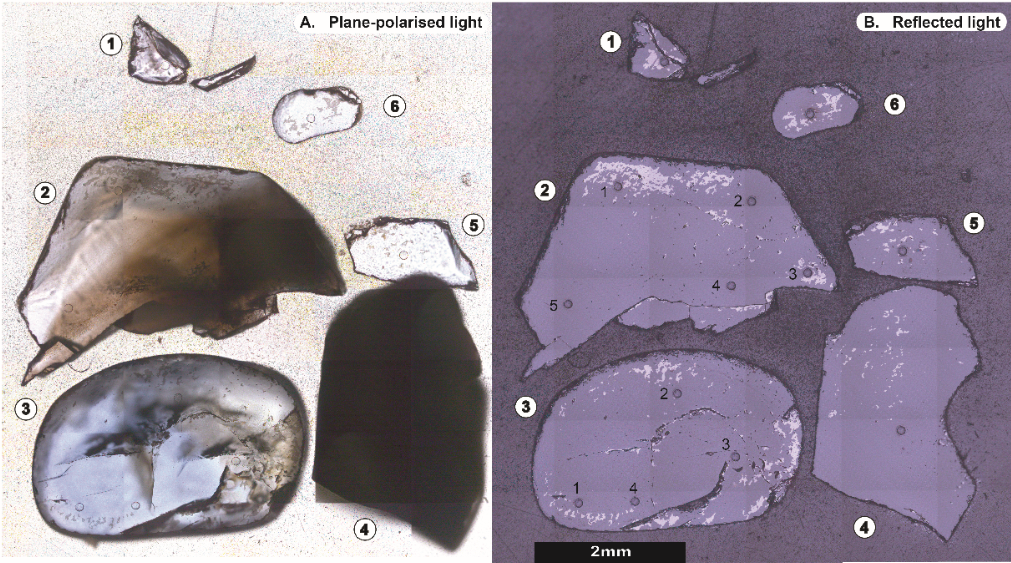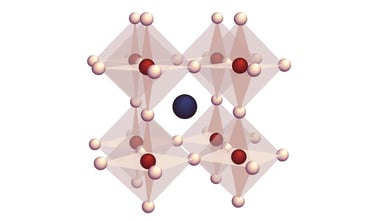This research shows how cathodoluminescence can help to assess crystallisation histories of the precious gemstones and underlying causes for luminescence.
While being used for a wide range of geological application, including sedimentary petrology, igneous petrology, metamorphic petrology, crystal growth, and gemstone identification, cathodoluminescence is not a common technique to study natural sapphires. However, it is used on zircons frequently to see zircon growth crystallisation, and due to the color zonation in some sapphires, hyperspectral cathodoluminescence was used (together with laser ablation inductively coupled plasma mass spectrometry) to examine zonation and trace element defects to understand the conditions of sapphire formation.
The CL measurements for this research were performed with the SPARC, a cathodoluminescence detector, which was mounted on FEG scanning electron microscope (SEM) from Thermo Fisher Scientific/FEI. The results illustrate a strong correlation between color, trace element concentrations, and spectral CL measurements of sapphires.
You are welcome to download the white paper if you would like to read about the whole process of sample description, sample preparations and procedures used. If you would like to dive in even more in various analytical SEM tools and methods for studying geological samples, check our upcoming workshop at the Geology department of the University of Oslo.
.png)






